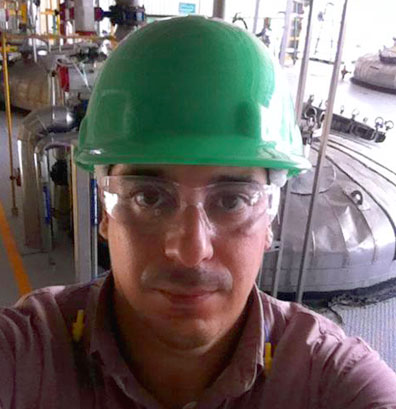
As an expert in constant progression, I am often asked about my secret for focused improvement. There are many strategies I use to achieve centered improvement; each situation calls for a different technique, depending on the urgency with which it has to be solved. Find out what strategies we use for which circumstances here at Casa Sauza!
There are currently two types of techniques:
- Techniques used to attack basic, short-term problems that the operator can solve in a more personalized and immediate way.
- Techniques used for complex problems with medium to long-term solutions, that may require a deeper analysis and even the participation of integral employees on a systemic level. These problems may even require the involvement of the organization’s strategic problem-solving system.
In this article, we will focus on technique #2––used primarily for medium to long term solutions.
“QC Story” or “12 Step” Approach
This strategy is very flexible and offers a lot of guidance with problems that do not have a single, clear solution.
Which solution is the best way to solve this specific problem? Based on my experience, this is a tool has provided me with a lot of guidance to create an orderly, logical improvement plan. While using this technique, you begin to discover what to use in order to proceed problem-solving.
As made obvious by its name, this strategy contains 12 steps that must be followed in order to develop the best solution for a problem.
Step 1 - Title
This step could be seen as very simple - if you think its significance is just to choose a title. We have found that the majority of people will use the solution of their problem as the title instead of actually creating a title for their “problem”. Now, we always use the “5Ws+1H” technique, which you can find in another blog post. Using this methodology, you can be objective in defining your problem.
Step 2 - Deadline or Start/End Date
The recommended time to implement the best solution for a problem is approximately 3 months. Without doubt, there are cases that cannot be solved in 3 months. This does not indicate that the solution is defective––on the contrary––the case may need a longer period of time because further analysis, investment, etc. must be obtained in order to proceed.
Step 3 - Classification of Loss
This step is important because it is the moment in which we can provide information regarding what specific area must be addressed, and what part of the organization we are contributing to with this extra attention
Step 4 - Justification
This step is fundamental. If the problem is not considered from every perspective, and the history of the problem is not fully recounted, it is very probable that the ultimate solution willnot be helpful. The reason that the problem was expressed in the first place must be made clear, so that when we reach the 6th step, Objective, we have all the information required to portray what happened.
Step 5 - Layout
In this step, we design an improvement plan for the area or machinery that is causing problems. We can create a specific plan for one thing, for example, a cutting machine. There is a possibility that the problem is only present in one part of the machine, so the improvement plan should be specific to the small part that is causing the problem.
Step 6 - Objective
This step is based on the “Justification” step––we need the information from step 4 in order to define our goal. We must narrow our objectives down to one, although you will usually find many causes and effects in the development of that one objective. However, only one thing brought us to the QC Story/12-Step process, and this must be the objective.
Step 7 - Plan Kaizen
I call this step the clock, or “timing,” because it requires us to assign a date and create a timeline for all the activities and key milestones. This step continues all throughout our journey. We can mark down whether a goal has been reached, or delayed, because the timeline provides a quick view of sequencing and efficiently times the goal date of our improvement. We definitely recommend using a color-coding system for this step. See our blog “Three Main Tools You Can Use to Succeed in Continuous Improvement” for more info!
Stay tuned for part 2 of this post.
Come and visit Casa Sauza and talk to our experts yourself!
.png?width=50&height=50&name=10.CS-Redondo%20(1).png)
 Leonardo Murillo
Leonardo Murillo